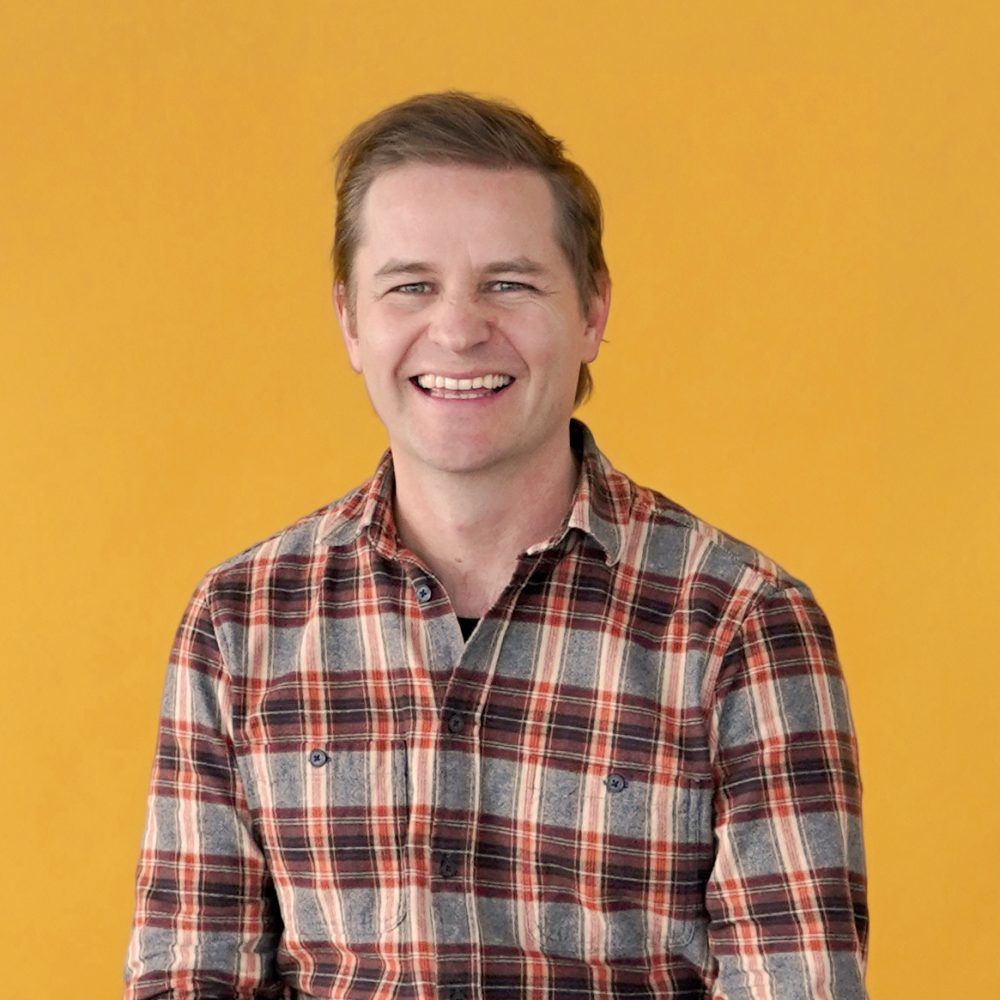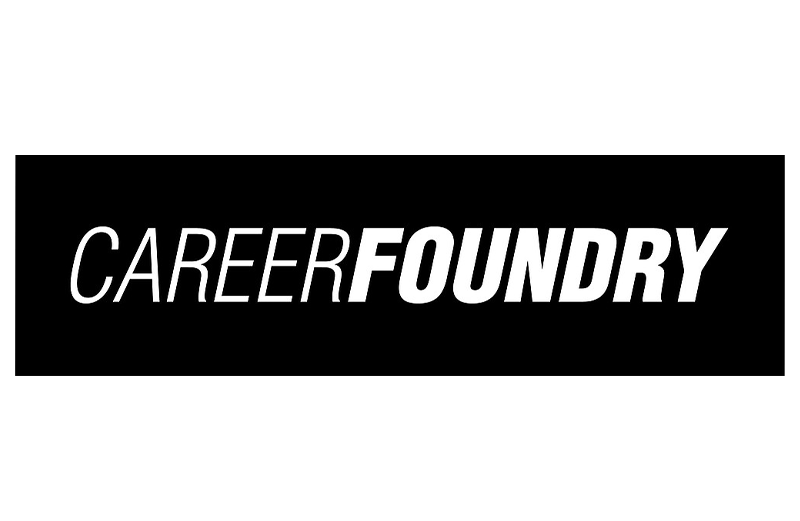Digital teaching – a recipe for success for bootcamps even before COVID.
CareerFoundry’s concept has been online-only teaching since the bootcamp provider was founded in 2013. We asked CEO Martin Ramsin how it came about, why each course is offered digitally, and what support is offered to course participants.

How did CareerFoundry come about and what sets it apart from other bootcamps? What are the challenges of online learning compared to on-site courses?
I got the idea back in 2013 when I was doing an online course to learn a programming language. I had previously been laid off from a startup and had some free time at hand, so I decided to do this free tutorial. In the end, no one else was doing that tutorial but me and I asked myself, “Why does online learning have to be so lonely when on ground learning in a classroom is full of people?”
Many other boot camps were in-person (at least before COVID). Where are the challenges for digital learning in comparison to offline classes?
Online education has clear advantages to offline: it is more accessible for people who can’t quit their job to study and it’s more affordable. Online learning offers opportunities to people who wouldn’t have a chance to (re-)educate themselves otherwise. But it also comes with its own challenges. It is harder to stay motivated and accountable compared to a classroom where you have a teacher and other students who can help you stay on track. In an online setting it’s easier to ghost your responsibilities which is why many online courses have a very high dropout rate – over 90 %. For our students, the challenge is to keep the motivation up over the 10-months course and be accountable to do the necessary work. Our dropout rate is much lower (around 40 %) due to our human-centric approach and support system that provides the necessary relationships and accountability.
What are CareerFoundry’s plans for the future?
We are currently building two more courses that will start next year and from there we are planning to add one or two more courses per year. Each course takes a year to build and is also a big investment, but the demand is there. The aim is to cover more areas and not only be a design or dev-only bootcamp.
Back to the present: How are your course participants financing their fees?
About half of our students are from the US and there, student loan providers make it possible for the students to take part in our courses. A quarter of our students are from Germany where many of our students are coming from the Agentur für Arbeit as they sponsor our courses for the unemployed. I’m very excited about our partnership with CHANCEN to offer the Income Share Agreements (ISAs) to make our courses more affordable for people who are employed but want to change to a better and more future-proof career. Besides the US-American and German students, we have students from all over the world from South American countries and Mexico to Asian and South African countries. On average, our students are 25-40 years old. More than half of them have an already completed Bachelor’s degree but no previous experience in their new field. About 60% of our students are women. The majority is employed full-time, while 30% of our students have dependence (e.g. children, elderly parents). Many participants have in common that they feel stuck in their current career and want to switch to tech because it offers better compensation, more flexibility and creativity that they lack.
Your promise is that at the end of the bootcamp, one is ready to start a job. How do you achieve that after just a few months for which others need a whole course of study?
For one thing, our customers are not 18 years old; they have previous experience and can build upon that. The way we teach is different from what schools and universities do. We teach in a much more efficient way: Instead of learning by reading for tests, our courses work through learning by doing. This is much more effective as the students are getting feedback to support their learning curve and while a typical school teacher has 25 or 30 students to take care of, at CareerFoundry we offer a one-on-one relationship for each student with their tutor.
What are the tutor’s tasks?
For every student there is a mentor and a tutor available. The mentor is very experienced with 10 years or more of work experience and can be consulted when needed, e.g., when working on one’s portfolio (a digital collection of tech projects which can be shown to potential employers) or with questions about what to consider during a career change. The tutor is a junior specialist in the respective field. The tutor is available on a day-to-day basis during the whole course and supports the student with constant feedback and when they are stuck in their project. Then there are the career specialists who come in mid-course to help start thinking about the next steps.
How does CareerFoundry support the graduates’ job search?
Our students experience help throughout the whole process. Job preparation is part of the program and our students go through it with specialists working on, for example, presenting yourself, your CV, interview skills, talking about your strengths, and transferable skills. This way, graduates can go into their job hunt well prepared.
You advertise a job guarantee and refund if students haven’t found a job six months after completing the bootcamp. This job guarantee sounds like a bold promise!
We offer a job guarantee in all our career change courses. After graduation, if our graduates are not able to find a job, they can claim their full tuition back. Luckily, this happens very seldom: less than one percent of students claim the guarantee. Most people find a job rather quickly after graduating and some find a job while they are still in the course. Offering the job guarantee is for sure a business risk, but it’s important for us to communicate that the courses work so that people feel safe about changing careers.

For more information about CareerFoundry and its courses, visit our website or CareerFoundry’s.

